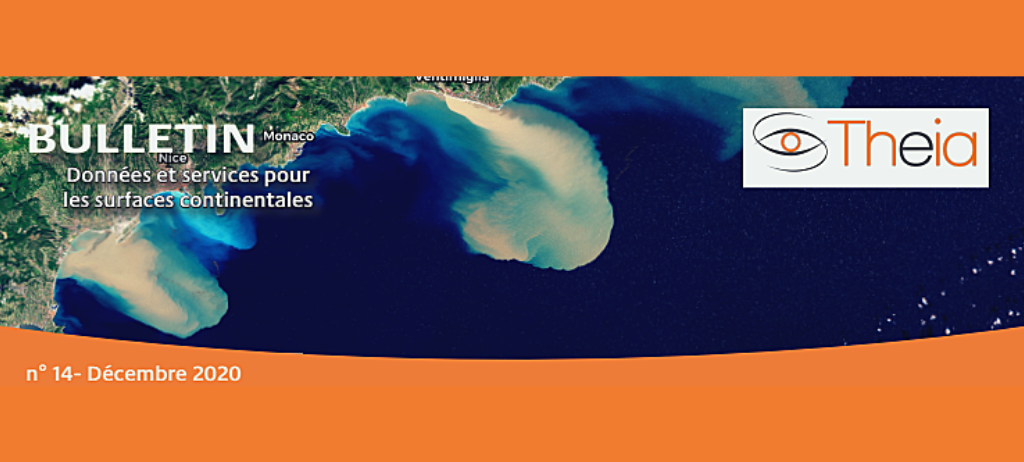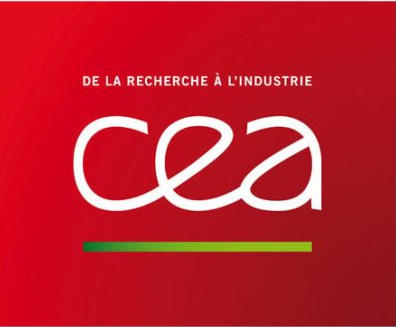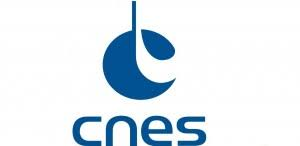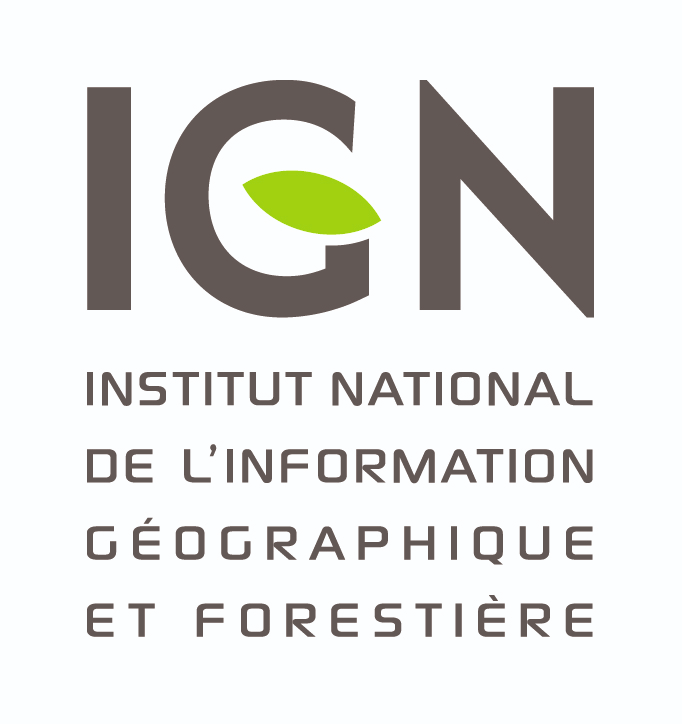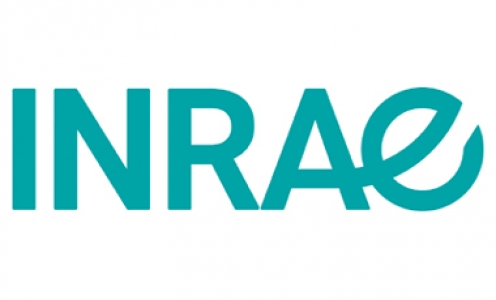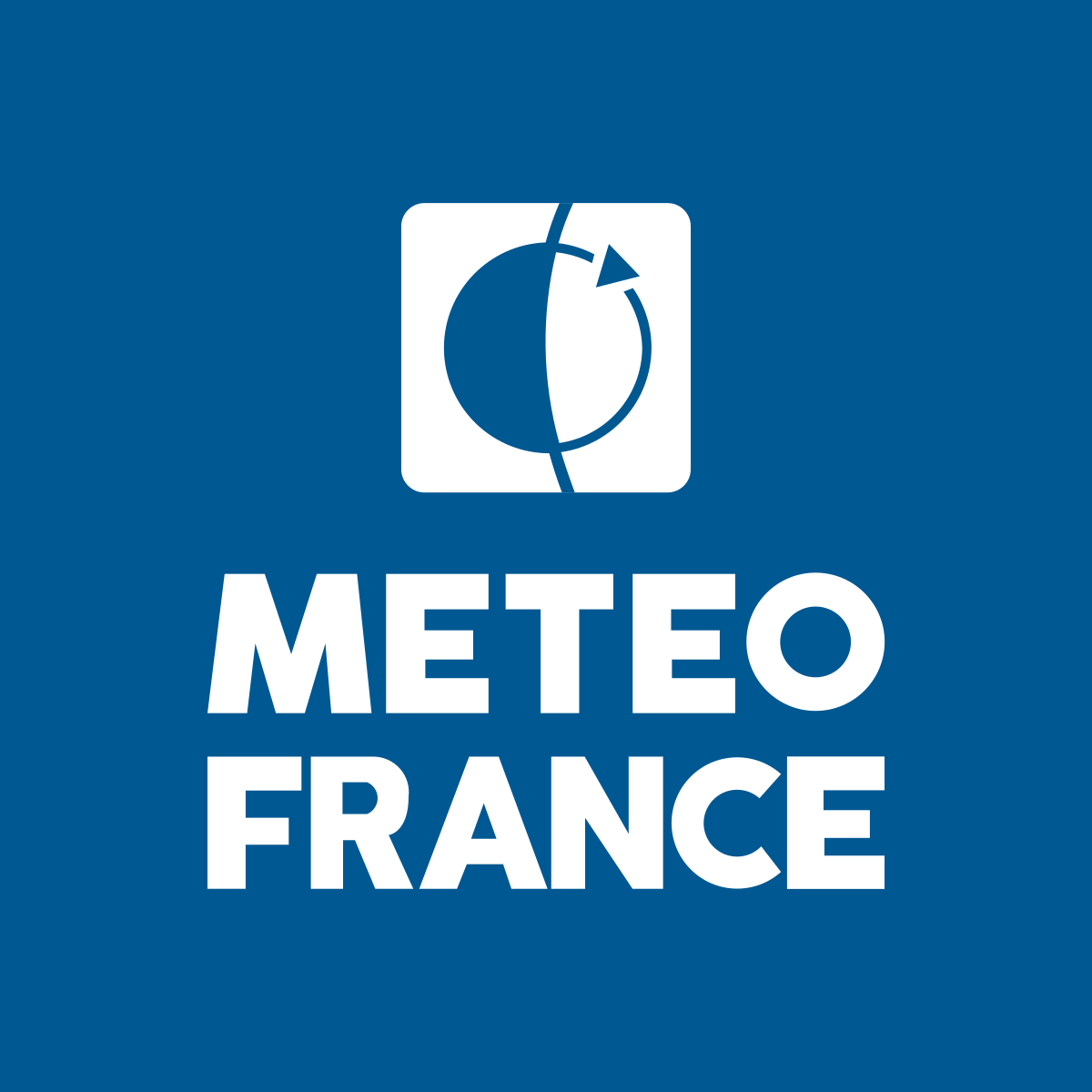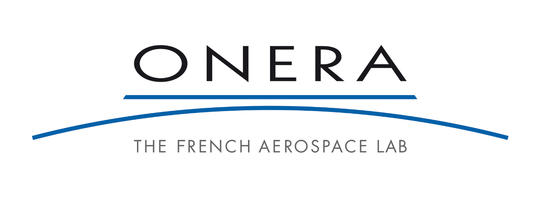Meeting effectively not only current production needs but also those of the future
Who are you, and what is your role within Theia?
Bernard Specht: At CNES for the last twenty years or so, I have worked in various control and data production centres. I held several positions in these centres before taking on the role of Operations Manager.
My involvement in the Theia consortium began in 2013 with, in particular, the development and implementation of the first versions of the Theia communication portal. Then I prepared and launched the entire operation of the Venµs Mission Production Centre. Finally, I returned to Theia at the end of 2018 to take on the role of Operations Manager for the Theia-MUSCATE Data and Services Infrastructure (DSI).
This role is very central, interfacing with the various stakeholders. Keeping the users happy while meeting the project or consortium requirements as well as possible often constitutes real challenges. The balance between satisfaction and the needs of each individual is constantly in our minds. We therefore need to be a facilitator for all these stakeholders. Finding a solution, solving problems, exchanging with the right people, improving production, being a source of proposals, maintaining a quality service are the daily activities to be carried out by the operations manager and his team.
If my first experience in the centre was somewhat distant, my involvement today feels a little different. Theia-MUSCATE SDI exists with clear and important objectives and this Mass Production Centre is a major and driving force within the Theia consortium.
What is different about exploitation within Theia compared to your past experiences?
Bernard Specht: Together with all the teams involved in Theia-MUSCATE operation, we manage a whole daily production defined by the consortium. More precisely, exploitation consists of recovering data from source catalogues (PEPS, USGS…) then processing them with THEIA treatment chains (MAJA, WASP, Neige…) and finally making them available by making them accessible. This operation aims to provide our users with the best possible supply of high quality products.
We are also here to inject new products without disturbing our current production too much, as any new production must process the entire archive typically since 2015. This activity follows a validation and qualification process that is sometimes long but essential in order to secure the existing system and maintain the expected quality of service.
In each of my past experiences, exploitation did not exist. I had to set it up and start it up. On the other hand, THEIA-MUSCATE was deployed and operational when I arrived at the end of 2018 but had encountered difficulties from a bad image because it encountered difficulties as soon as it had to carry out mass production.
My first objective was to improve all the operating procedures in order to automate tasks as much as possible and improve the image of Theia DSI. By communicating with all the teams, exposing problems and proposing solutions that were validated by everyone, we have gradually changed this bas image.
With a production covering the objectives of the Theia consortium (notably a regular and daily Sentinel-2 production representing ten times France since the end of 2019), Theia-MUSCATE operations have now reached cruising speed. I know that everything is not yet perfect, but with this objective achieved, we are making positive progress in terms of CNES’s contribution to Theia.
In your opinion, what are Theia’s greatest achievements, and what is the biggest challenge for the cluster in the future?
Bernard Specht: I don’t know all the great achievements that exist. However, we can highlight the achievements of Theia-MUSCATE since 2019: 650,000 products made available; more than 420,000 downloads since the opening of the site; 6,700 different users, 50% of whom are French, having downloaded at least one product. It seems legitimate to consider the production of Theia-MUSCATE as a great achievement within the consortium.
In the immediate future, the challenge is to prepare Theia-MUSCATE for the mass reprocessing envisaged, in particular that of all the products from Sentinel-2 (because ESA will also reprocess them with better geometric correction) without disrupting the production of the stream. This is well under way, notably with the renewal of the IT infrastructure.
In the more distant future, but already in our minds, the team will have to prepare for operation on a new Theia-MUSCATE-NG, HYSOPE II (Read Theia Bulletin n°13). With our knowledge and feedback on current operations, we hope to effectively meet the production needs of the new Theia-MUSCATE-NG DSI.

